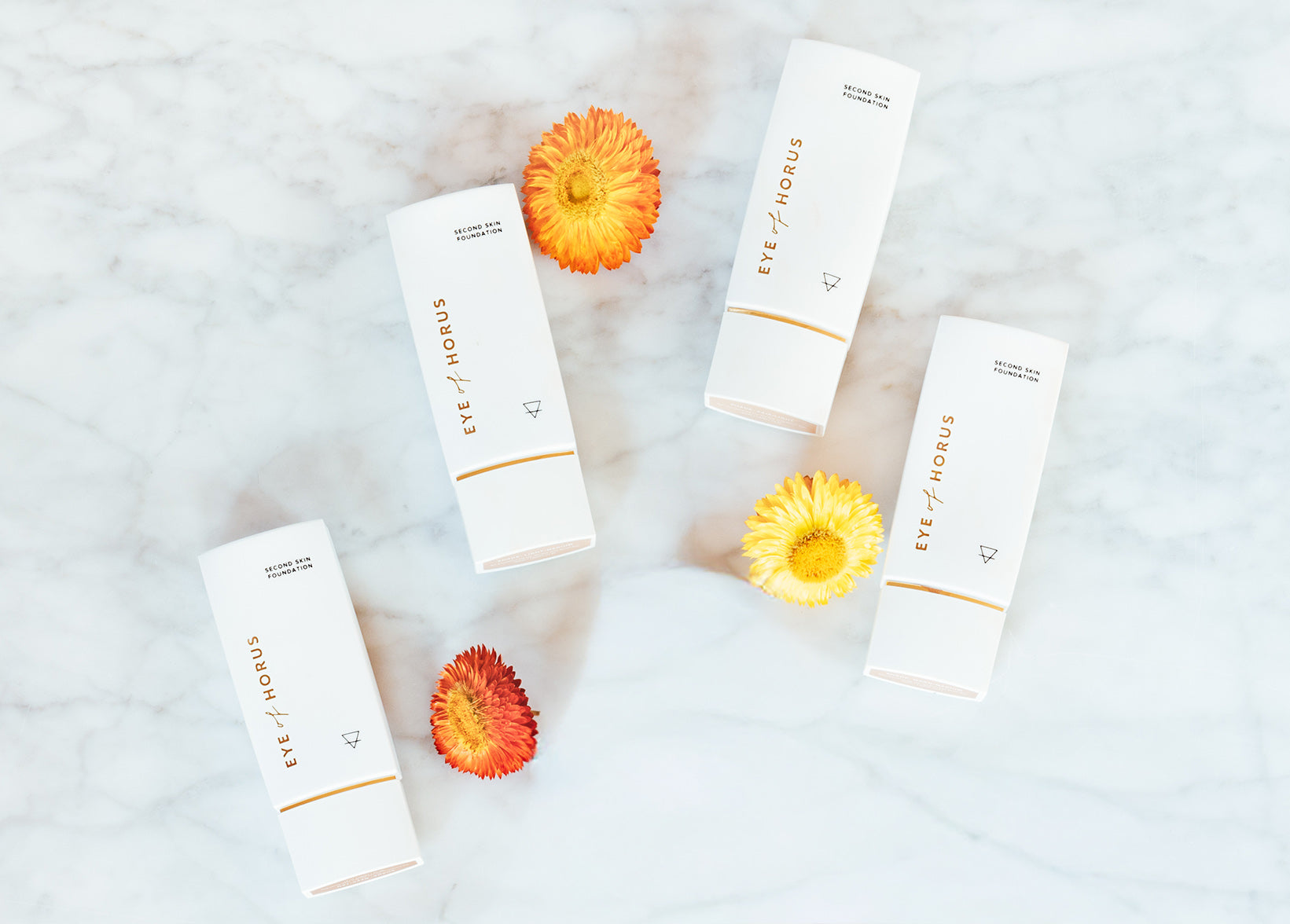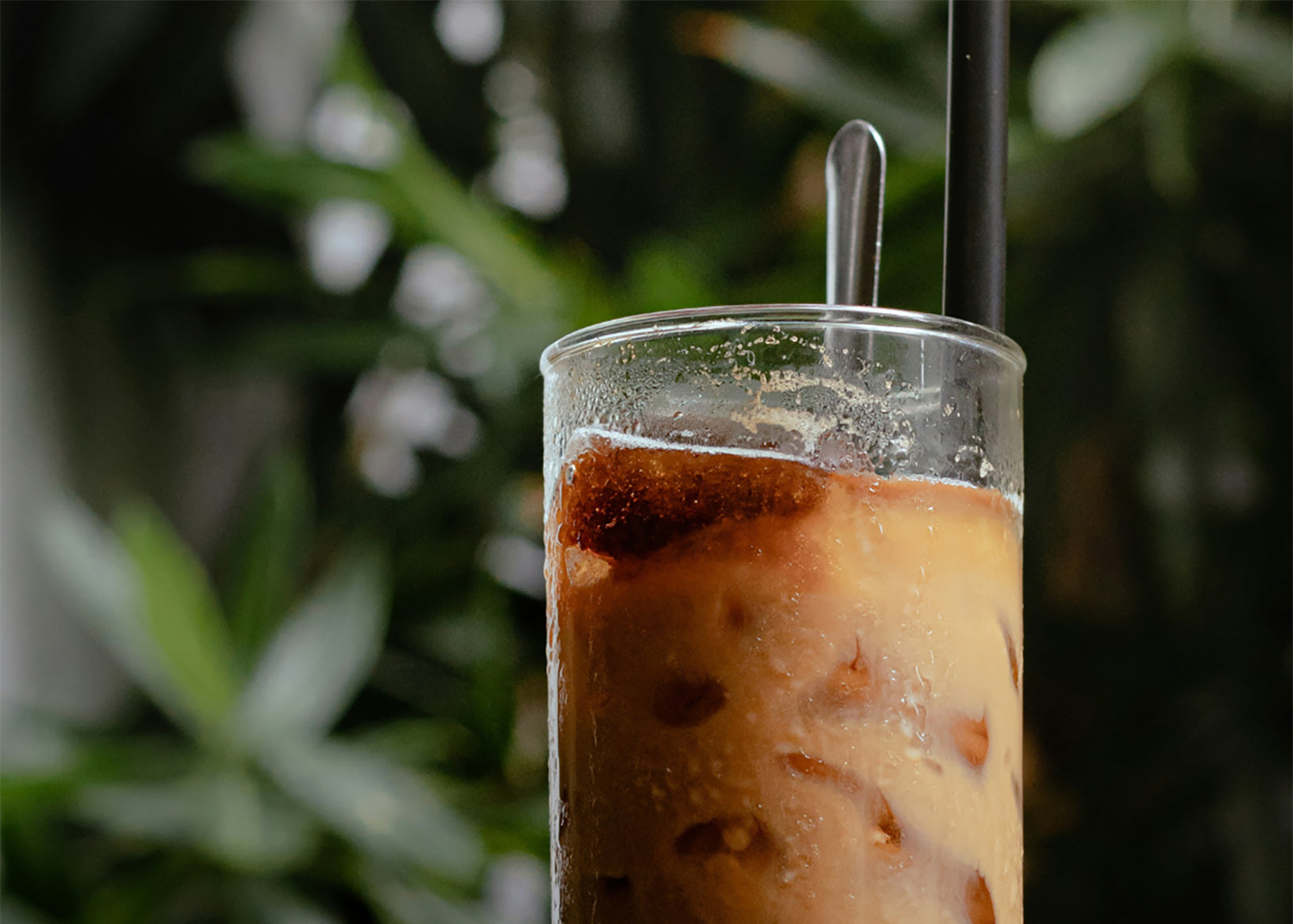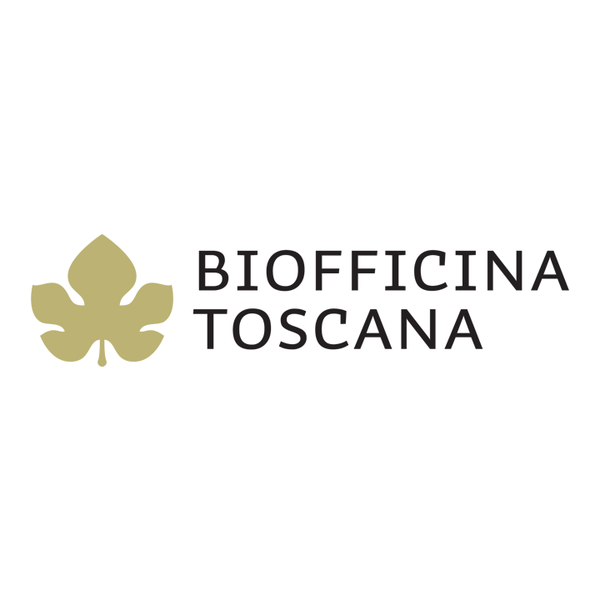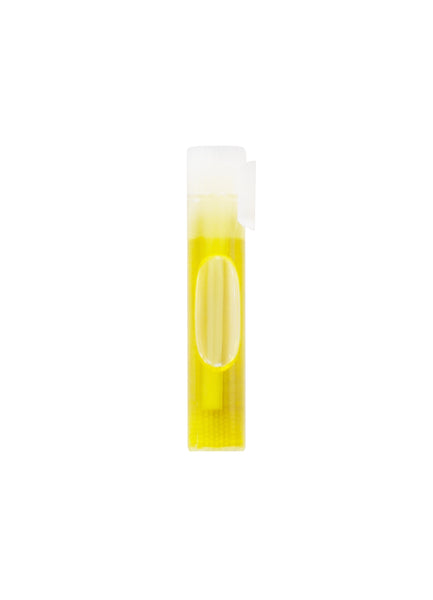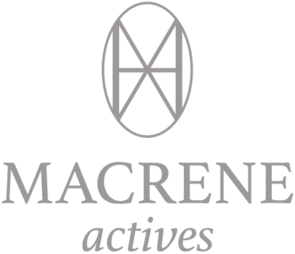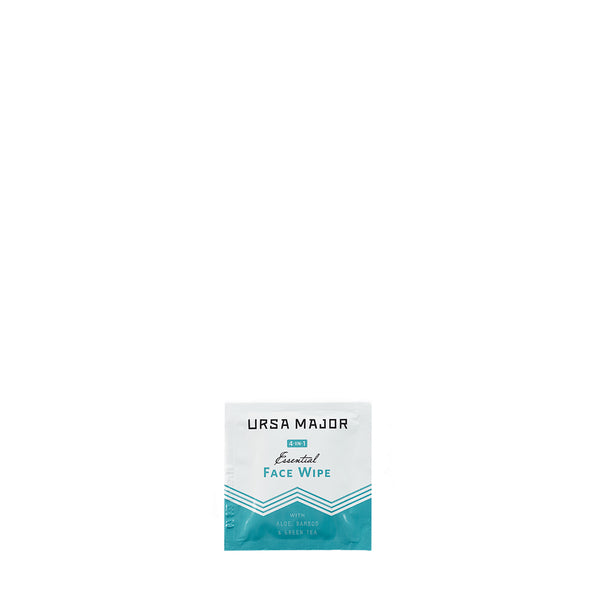Recent Articles

Marie-Véronique Nadeau and Kristina Holey’s skincare collaboration started with products that are still among our best sellers, two of them in particular. Both the Balancing HypoTonic and Barrier Restore Serum are designed to address skin barrier malfunction, which is key to solving issues like perioral dermatitis, rosacea, and adult acne, as well as generally sensitive, unbalanced skin.
What’s interesting, though, is that they developed these products during a time — which continues — when many brands were focused instead on claims to help underneath the barrier: Collagen! Elastin! Fibroblasts! Exciting things in the dermis!
But the truth is that without a healthy barrier, skin can’t look or feel balanced, nourished and healthy. It’s also our body’s protection against environmental stressors like UV light, pollution, and bacteria. So it should actually be our first priority in skincare, shouldn’t it?
Check out Dara’s new interview with Marie Veronique’s founder, Marie-Véronique Nadeau, about the topic. As usual, Marie’s full of astute observations, funny factoids, and a whole lot of common sense that is decidedly refreshing.
**
Dara: Both Barrier Restore Serum and Balancing HypoTonic are designed to address the top layers of the skin (the stratum corneum). What’s interesting is that you developed these products when the skin’s barrier was an afterthought. What made you focus on this?
MARIE: Sometimes product development starts with a hunch, which was true in this case. It was one of those cases where following your instinct works out in ways you hadn’t anticipated, in that serendipitous fashion that happens when you are on the right track. Your remark about skin barrier function being an afterthought is right on the money, because my hunch centered on that precise phenomenon.
Skin care researchers were paying a lot of attention to dermal activities, like fibroblasts cranking out new skin cells or encouraging proteoglycans production to keep the extracellular matrix (ECM) in good shape so it could support the upper layers of skin. All good things, but in the meantime a key component to maintaining healthy skin was being overlooked, namely, the stratum corneum. It was as if all-important functions like prevention of penetration of substances/bacteria into the body as well as water loss out of the body could take care of themselves. I decided to turn things around and adopt the principle of “observation is everything” — which implies that what you see first is what should receive the most attention.
Taking that approach, the first thing I noticed was not a trend towards compromised barrier function so much as the fact that everyone after a certain age, usually around puberty, had compromised barrier function, no matter what that individual was doing.
Age is certainly a factor, as is too much UV exposure, and of course barrier breakdown could be hastened by inflicting cruel and unusual punishment on one’s skin along the lines of applying ascorbic acid mixed in liquid directly to your face, using high pH soaps, or slathering highly-fragranced products on sensitive areas (you’re putting that where?). But really, everyone we observed — even those who managed to avoid the obvious pitfalls and wore sunscreen faithfully — had some degree of barrier dysfunction.
Our observations made it clear we needed to study the role the stratum corneum played in skin health, and quit saddling flaky-skinned folks with the onerous task of drinking eight glasses of water daily, an injunction as cruel as it was facile. That journey eventually led to the development and production of products aimed at barrier restoration. One of the serendipitous aspects that came out of adopting “Observe First, Act Second” as a first principle was my increased appreciation of the importance of pH values.
I’ll talk more about that, but first, I just want to leave all you skin owners with one thought: At Marie Veronique, you are as much a part of the formulation process as the formulator and manufacturer. Never discount what you see — and please let us (through our friends at Ayla) know how it goes.
Dara: These two products also inspire the most loyalty of just about anything you make (which is saying something). Why do you think that is?
MARIE: I suppose it supports what I was saying in answer to the previous question. Customers should see improvements in hydration as their barrier function improves. They should also see an amelioration of issues associated with eczema or other types of dermatitis, if they’re struggling with those problems. If you see improvements it means the product is working. Having something live up to its claims is such a rarity in a world where mendacity is the norm and honesty is the exception, so I can understand how it would inspire loyalty. I am happy to hear it. It makes my cells rejoice.
Dara: Let’s dig into the HypoTonic for a moment. Primarily, it maintains lamellar membrane integrity and promotes liquid/lipid balance, but it also rebalances pH while its gentle AHAs provide side benefits for acne prone skin, anti-inflammatories like licorice root soothe, and pre/probiotics help protect the skin microbiome. It’s got it all!
When you were developing it, were you thinking, “We need a toning product that does absolutely everything”? What was your primary objective? I would love to hear how it came together.
MARIE: First of all, a good toner addresses how the stratum corneum functions in its capacity as a permeability barrier. When the permeability barrier is functioning properly, it 1) gives the skin the capability of withstanding external insults. It also, thanks to its hydrophobic character, lipid distribution, and organization of lipids into a series of lamellar bilayers, 2) gives the skin the capability of retaining hydration (moisture).
The goal of Balancing HypoTonic is to optimize permeability function along those two parameters and, as it turns out, pH values play a key role. Here’s a short explanation for why this is so:
- Withstanding pathogenic assault. Those with dermatitis problems have barrier deficiencies that invite colonization of pathogens such as S. aureus. It is a common feature of atopic dermatitis (AD) patients and is considered a major pathogenetic factor in AD. Growth of staphylococcal strains is maximal at neutral pH and markedly inhibited at pH values around 5.
- Retaining hydration. The formation of the stratum corneum and specifically the generation of its lipophilic components involves several pH dependent enzymes. These enzymes, involved in the synthesis of ceramides, require pH levels of 4.5 to 5.5. Indeed, processing of all lipids secreted by lamellar bodies, and formation of lamellar structures, requires an acidic environment.
In short, I keep permeability function in the back of my mind while we bring other instruments like anti-inflammatories and probiotics onto the stage — and I am acutely aware that the right pH brings it all home.
Which is between 4.5 and 5.5, the pH of the acid mantle of your skin. Little factoid: women tend to have a lower skin pH than men, closer to 4.5 than their 5.5. IQ scores are the reverse. In general.
Dara: I love your factoids. One last question about Barrier Restore Serum, which is a great companion to the HypoTonic since it both replaces and prevents loss of NMF (which helps keep skin cells hydrated). One thing I’m curious about is how you happened upon this texture, which isn’t quite like anything else (and it’s certainly unlike most other barrier restoring products, which are generally thick balms). Was that something you planned from the outset?
MARIE: I think it gets back to permeability function. You want both ingress and egress of moisture rather than an occlusive or a thick balm that just prevents moisture from ever getting out — after using those for a while your skin seems to be drier than ever. This may be because the processed lipids secreted by lamellar bodies are impeded from forming lamellar structures in the stratum corneum in a way conducive to optimal permeability function, due to alterations in their immediate environment. As we recall, formation of lamellar structures requires an acidic environment, so the problem could worsen over time as lack of moisture and pH changes create a vicious cycle.
I guess it’s fairly obvious when you stop to think about it. Did I plan this? Nah. Woman proposes, the gods dispose.
**
Shop the marvelous Marie Veronique lineup at Ayla here.
Want to hear more from Marie? (We always do.) Here are some of our popular blog posts featuring both Marie and her insightful collaborator, Kristina Holey:
Brand Spotlight: Marie Veronique
Brand Spotlight: Marie Veronique + Kristina Holey Collaboration
Different Acids, Enzymes, and Retinol in Skincare: Marie makes sense of it all
Dry & Dehydrated Skin: How To Treat It
Marie Veronique on Exfoliation 2.0
Marie Veronique on Sunscreen
Marie Veronique on Natural Acne Treatment
Marie Veronique on Why You Need Vitamin C
Marie Veronique on Mitochondria, Cellular Respiration, & Skin Health
Kristina Holey & Marie Veronique on Skin Conditions in Perimenopause, Menopause, and Postmenopause
Rosacea: Typical Causes & Suggested Treatments
Kristina Holey on Skincare Routines at Home
Kristina Holey & Marie Veronique on Product Layering
Kristina Holey & Marie Veronique on Perioral Dermatitis
A conversation with Kristina Holey & Kristy from Marie Veronique

